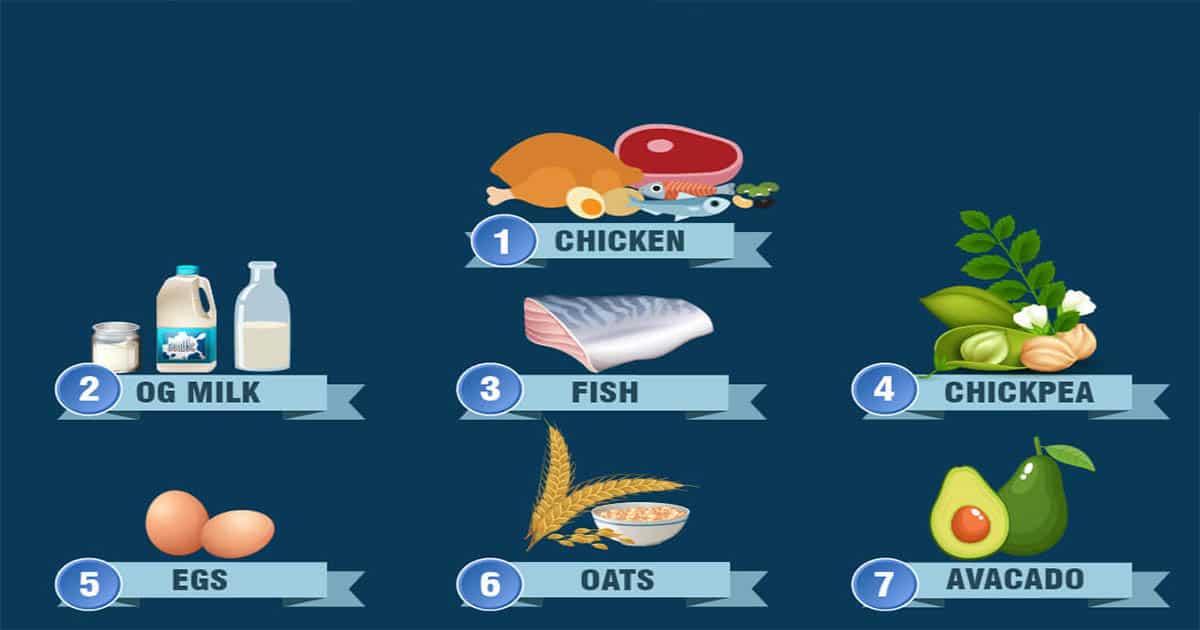There Are Three Kinds Of Omega-3 Unsaturated Fats:-
- Alphalinolenic corrosive (ALA) – Found in plant sources
- Eicosapentaenoic corrosive (EPA) – Found in sleek cold-water fish like salmon, sardines, mackerel, and herring
- Docosahexaenoic corrosive (DHA) – Found in Fish and marine creatures and in nuts like pecans
Total fat intake should make up 20-35% of total caloric intake for those living with diabetes, and subcategories like saturated and monounsaturated fat should account for less than 7%. Dietary cholesterol consumption should remain below 200 mg per day.
Fiber
Fiber strands should comprise around 14 grams per 1000 calories consumed; or 25 grams for adult women and 38 grams for men respectively. 10-25 g of this should come from dissolvable sources like oatmeal, organic products, vegetables, rice wheat, cooked beans or psyllium seeds daily.
Starches
Starches (carbs) are one of the main sources of energy. You’ll find them in foods like breads, rice, grains and cereals as well as produce grown from the earth. Sugars from starch breakdown into glucose which provides fuel to our bodies.
Carbs tend to increase blood glucose levels, so diabetic individuals should use insulin, medications and physical activity to offset carbs consumed through foods like starches. While starches should still be limited with calories eaten per meal. According to Dietary Guidelines for Americans balance is key.
The administration in charge of food and drug regulation, labeled as the FDA, has granted permission for non-nutritious sweeteners like saccharin, acesulfame potassium (K), sucralose, neotame – not excluding the widely known artificial sugar substitute called aspartame – to be incorporated into an applicable diet amongst individuals living with diabetes; whether pregnant or otherwise. An exception made is that saccharin usage should be circumscribed given its inherent potential danger surrounding interference with placental membranes during pregnancy.
. Saccharin should not be consumed during gestation as its ingredients can cross into placental circulations.
Glycemic Index is a scale from 0-100 that measures how quickly starches present in foods can convert to glucose in our circulation system. Food varieties with higher GI ratings tend to turn quickly into glucose while those with low GI ratings do so gradually.
Liquor Ought To Be Restricted
Addiction should be limited on a daily basis; one or two beverages for women and four for men is sufficient. Blended beverages can increase blood glucose and should be limited as much as possible.



